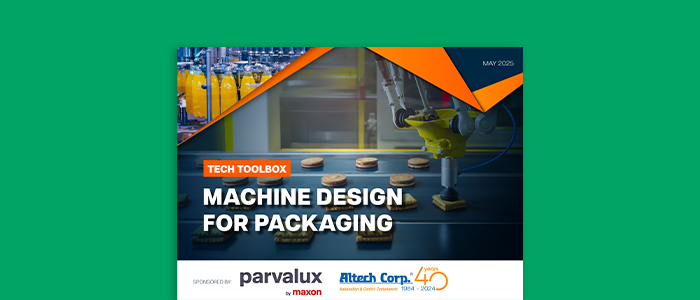In the realm of artificial intelligence (AI), concerns about bias and discrimination have garnered significant attention. As AI systems become more prevalent in various aspects of our lives, it is crucial to understand and address the potential for algorithmic discrimination. This blog explores the complexities of AI bias, its implications, and the steps needed to tackle this critical issue.
1. Understanding AI Bias: Unveiling the Hidden Prejudice
1.1 The Basics of AI Bias: In essence, AI bias refers to the unfair or unjust treatment of certain individuals or groups as a result of biased algorithms. These biases can be unintentionally embedded in the data used to train AI models or arise from the design and implementation of algorithms themselves.
1.2 The Impact of AI Bias: When biased AI systems are deployed, they can perpetuate and even exacerbate societal inequalities. Discrimination based on race, gender, age, or other protected attributes can manifest in areas such as hiring, lending, criminal justice, and access to opportunities.
2. Unveiling the Sources of AI Bias
2.1 Data Bias: AI algorithms learn from vast amounts of data, and if that data contains biases, the algorithm may replicate and amplify them. Biased training data, reflecting historical injustices or human prejudices, can lead to biased AI outcomes.
2.2 Algorithmic Bias: Even if the training data is unbiased, the algorithm’s design and decision-making processes can introduce bias. Complex algorithms that use intricate mathematical models may unintentionally encode discriminatory patterns, resulting in biased predictions or decisions.
3. The Consequences of AI Bias: Implications for Society
3.1 Reinforcing Discrimination: Biased AI systems can perpetuate existing prejudices by replicating and reinforcing discriminatory patterns. This can further marginalize already vulnerable communities and entrench systemic inequalities.
3.2 Lack of Accountability: The opacity and complexity of AI algorithms pose challenges in identifying and addressing bias. Lack of transparency can erode trust and hinder efforts to hold AI systems accountable for their potential discriminatory outcomes.
4. Mitigating AI Bias: Toward Fair and Ethical AI Systems
4.1 Diverse and Representative Data: To mitigate bias, AI systems must be trained on diverse and representative datasets that account for the experiences and perspectives of all individuals. Collecting inclusive data can help reduce the risk of perpetuating existing biases.
4.2 Ethical AI Design: Developers and organizations should prioritize fairness, transparency, and accountability throughout the AI development lifecycle. This involves conducting rigorous testing, utilizing explainable AI techniques, and implementing bias mitigation strategies.
5. Collaboration and Continuous Evaluation: Building a Bias-Free Future
5.1 Partnerships for Progress: Addressing AI bias requires collaboration among experts from diverse fields such as AI research, ethics, law, and social sciences. Multidisciplinary approaches can help identify and tackle biases from various angles.
5.2 Continuous Evaluation and Improvement: Creating bias-free AI systems is an ongoing process. Continuous evaluation, monitoring, and improvement are crucial to ensure that AI technologies evolve responsibly and become more equitable over time.
Conclusion
As artificial intelligence becomes increasingly integrated into our lives, addressing and mitigating AI bias is paramount. By understanding the sources and consequences of bias, implementing ethical design practices, and fostering collaboration, we can address and mitigate AI bias.
Tags:
Sales AutomationAuthor - Siva Arulselvan
As a versatile writer with a passion for both technical and creative writing, I bring a wealth of experience in the fields of technology, finance, and business. My strong background in writing blogs and editing scientific journals has honed my skills and sharpened my perspective. I am eager to continue exploring the world of writing and bring my unique voice to new and exciting projects.
-
White PaperOpenText
The Peril and Promise of Generative AI in Application Security
-
White PaperWTWH Media
Tech Toolbox Machine Design for Packaging
-
GuideAmazon Web Services
Accelerating Generative AI Innovation: A Comprehensive Guide for Public Sector Leaders
-
ReportKPMG
Global Tech Report: Consumer and Retail Insights
-
ReportLenovo
Reinventing Workplace Productivity
-
GuideIBM
Put AI to Work: Finance








